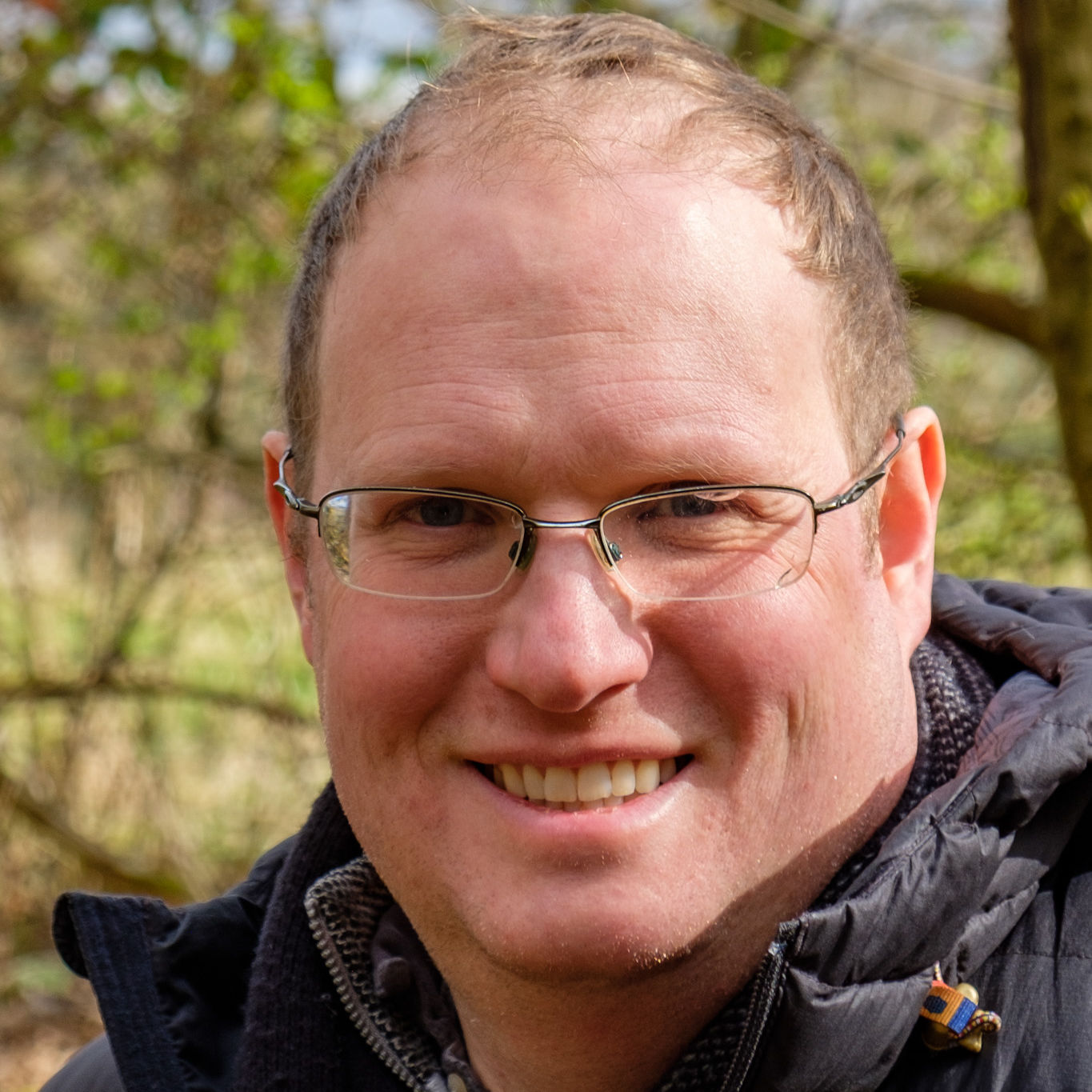Mapping diffuse pollution source areas at the landscape scale: The SCIMAP approach
Date:
Reaney S. M., Lane S. N., Heathwaite A. L. and Milledge D. G.
For many water quality problems, we are able to see the impact at a point in the river or lake in the form of eutrophic conditions. If we determine that the problem is the result of diffuse (non-point) pollution, we then need to determine where in the landscape the issue is coming from so that we can target mitigation works. Traditional modelling approaches aim to represent the physical processes driving the diffuse pollution, such as overland flow, erosion and deposition, to make predictions of the nutrient or sediment loads in real world units (mg l-1 for example). These models are then used with a scenario testing approach to determine where in the catchment is best to focus mitigation works. This approach has problems with data demands to represent many physical processes and computational costs to perform the simulations. These problems mean that it is difficult and expensive to apply the physically based modelling approach to new locations.
SCIMAP takes a different approach to these problems and operates in a ‘risk’ based framework rather than on a precise prediction basis. This different approach allows SCIMAP to focus on the questions of ‘where is the most nutrient or sediment coming from?’ and ‘what to do where?’. SCIMAP works with the spatial pattern of land cover, hydrological connectivity and rainfall to calculate map based predictions of where risk is generated, connected and concentrated within the landscape. These maps can then be used to trace back across the landscape to where the risk sources are probably located in the landscape. SCIMAP currently makes predictions for fine sediment, N and P though fitting the model to the observed spatial pattern of the data and has been assessed against both biological patterns in salmon numbers and in terms of water chemistry measurements.
SCIMAP is used within the UK by the Environment Agency, Natural England, the national Rivers Trust and many local river trust organisations. The SCIMAP approach has been used to target field investigations, change land uses and spatially target and prioritise diffuse pollution mitigation works to improve water quality and ecology. SCIMAP has been used to support Water Framework Directive mitigation works and for the general improvement of the freshwater environment. SCIMAP is currently freely available from the website (www.scimap.org.uk) for non-commercial use and a web-based version of the software is in development.
